Niamh O'Mahony • June 25, 2024
Who’s got the power? The employee vs employer power divide.
Over the past 5 years, we’ve lived through a global pandemic, welcomed thrilling AI advancements, and experienced rising states of political tension. We’ve witnessed the introduction of new workforce demographics and have seen the rise and fall of our constantly evolving global economy.
The power dynamics between employers and employees ebb and flow as a direct result of market changes.
The global pandemic provided an extremely favourable job market for employees.
‘Stay at home’ mandates brought about a rise in flexible and hybrid work solutions. This increased level of candidate mobility meant that employees were no longer limited to location and had broader access to employment options. There was an influx of vacancies, and not enough talent to fill the positions available.
This tight competition for talent had unfavourable effects on employers and launched a
power shift towards employees. To win out talent against competitors, organisations began elevating salaries, inflating titles, introducing starting bonuses, and providing dynamic working arrangements. These generous employee benefits became part of a heady mix necessary to attract the very best talent.
In the economic downturn that followed the post-COVID boom, the labour market cooled, and
scales were tipped in favour of employers. Realising they had over-hired post-COVID and needed to downsize, tech companies started the rationalisation process in 2023. Larger corporations have begun to follow suit by rationalising their workforces to meet the market needs and optimising the opportunity to deploy advancements in AI.
2023 and 2024 have brought layoffs and hiring freeze announcements from some of the world’s most noteworthy organisations like Google, Amazon, Microsoft and TikTok. Nationally, job adverts have declined 18.6% from April 2023 to April 2024 and applications to those roles have increased by 8.6%.
With the rising fear around job cuts, reduced government spending, and consulting fees, employees are becoming increasingly cautious about re-entering the job market, even if they are hoping for better pay or benefits.
Of course, there are some sectors in which employees will continue to hold all the cards such as
IT, healthcare, energy, pharmaceuticals and engineering. The severe skill shortages across these markets mean the battle for talent will continue even during an economic downturn.
Companies that offered hiked salaries and increased workplace flexibility during the pandemic are trapped by anti-return-to-office movements and low talent budgets. Young workers will undeniably be hit hardest with the inability to negotiate on their working conditions, promotions, or bonuses.
Great positions will be harder to come by. However, executive-level positions will always be classed as ‘hard to fill’ due to candidate availability and the nature of research required to source and engage such people.
In the era of transformation, successful navigation of employee vs. employer
power dynamics will define the future of work.
The balance between efficiency and a supportive environment is crucial.
Despite market volatility and political factors, this is a great time for companies to assess their teams and upgrade key skills of their people – a capability that may have previously been unavailable in a competitive market.
In any market, top talent is always in demand, but it is now, without a doubt, an employer's market.
If you would like to discuss how your organisation can anticipate future power trends,
Get in touch.
















